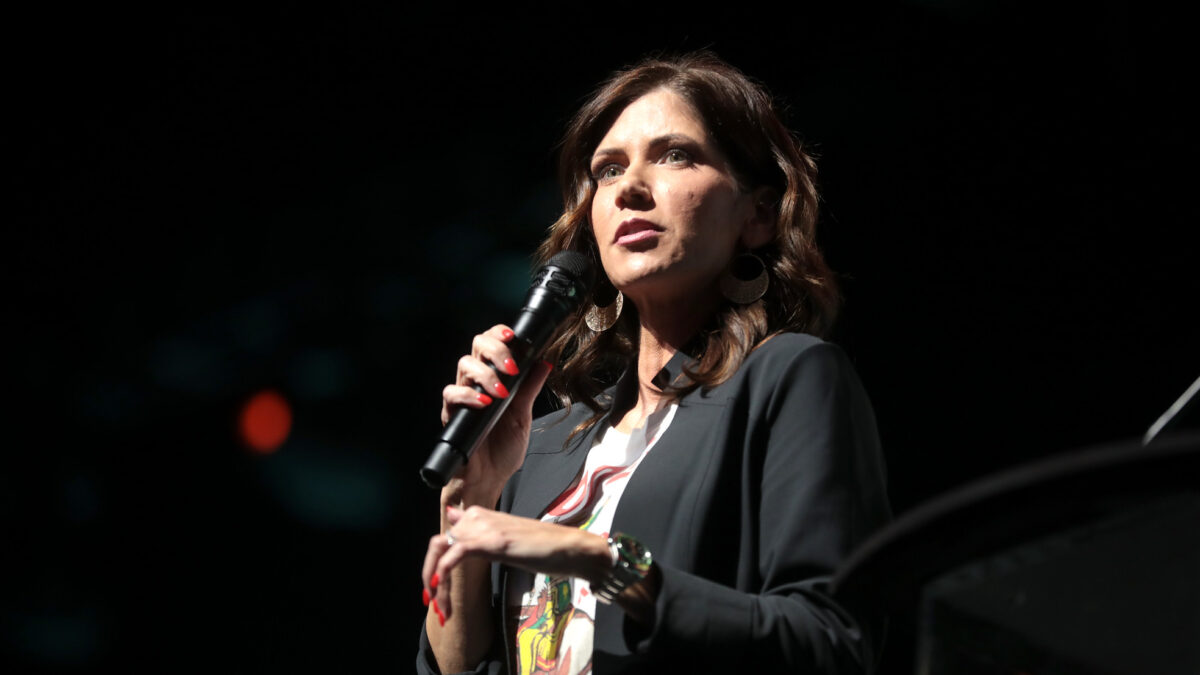
Fourteen-year-old Tony walked into my counseling office with a lot of issues. Short for his age and not yet visibly pubescent, he had been diagnosed with ADHD and his parents felt he might be depressed. He was like hundreds of boys and men I’ve seen in my clinical practice: if the counselor knew how to work with him as a young male, Tony would work with me; if the counselor didn’t, he wouldn’t.
After normal intake, the first thing we did together was walk outside, talking shoulder-to-shoulder. Because the male brain is often cerebellum-dependent (it often needs physical movement) in order to connect words to feelings and memories, we sat down only after our walk finished. By then, a great deal had happened for Tony.
Once in our chairs, we talked with a ball in hand, tossing it back and forth, like fathers often do with children. This cerebellum and spatial involvement help the male brain move neuro-transmission between limbic system and frontal lobe, where word centers are. We also used visual images, including video games, to trigger emotion centers, and we discussed manhood and masculinity a great deal, since Tony and every boy yearns for mentoring in the human ontology of how to be a man.
The Psychological Field Skews Female
I’ve seen hundreds of girls and women in my therapy practice. Few needed walking, physical movement, and visual-spatial stimulation to help access memories, emotions, and feelings, because most girls are better able to access words-for-feelings than boys and men while sitting still: girls and women have language centers on both sides of the brain connected to memory, emotion, and sensorial centers, while the male brain mainly has these word centers in the left.
Without realizing it, over the last 50 years we’ve set up counseling and psychological services for girls and women. “Come into my office,” we say kindly. “Sit down. Tell me how you feel or felt.” Boys and men often fail out of counseling and therapy because we have not taught psychologists and therapists about the male and female brain. Only 15 percent of new counselors are male, leaving 85 percent female. Clients in therapy skew almost 80 percent female—males are dragged in by moms or spouses, but generally leave an environment unequipped for the male nature.
Male nature, the male brain, the need to contextualize boyhood into an important masculine journey to manhood, are all missing from the new American Psychological Association’s “Guidelines for Practice with Boys and Men.” While the document calls attention to male developmental needs and crises in our culture, which I celebrate as a researcher and practitioner in the field, it then falls into an ideological swamp.
Males, we are told, are born with dominion created by their inherent privilege; females (and males) are victims of this male privilege. The authors go further to discuss what they see as the main problem facing males—too much masculinity. They call it the root of all or most male issues from suicide to early death to depression to substance abuse to the reason for family breakups to school failure to violence. They claim that fewer males than females seek out therapy or stay in therapy and health services because of “masculinity.”
Never is the skewed female-friendly mental health environment discussed. The assumption that all systems skew in favor of males, not females, is so deeply entrenched in our culture today, the APA never has to prove it.
The Guidelines Seriously Lack Science
Perhaps most worrisome: the APA should be a science-based organization, but its guidelines lack hard science. Ruben and Raquel Gur, Tracey Shors, Louanne Brizendine, Sandra Witelson, Daniel Amen, and the hundreds of scientists worldwide who use brain scan technology to understand male-female brain differences do not appear in these guidelines. Practitioners like myself and Leonard Sax, M.D., Ph.D., who have conducted multiple studies in science-based practical application of neuroscience to male nurturance in schools, homes, and communities, are not included.
Included are mainly socio-psychologists who push the idea that maleness is basically socialized into “masculinities” that destroy male development. On the APA website, Stephanie Pappas sums up the APA’s enemy: “Traditional masculinity — marked by stoicism, competitiveness, dominance, and aggression — is, on the whole, harmful.” Our job as therapists is, the authors suggest, to remove all but the ideologically sound “masculinities” from boys and men, and specifically remove masculinities that involve competition, aggression, strength, and power.
How much longer can our society and its professionals pretend we are developing a saner society by condemning the very parts of males that help them succeed, heal, and grow? In the same way that it is misogynistic to claim femininity is inherently flawed, it is misandrist to claim that masculinity is also thus.
Masculinity Is More than Culture
I am an example: I was a sexual abuse victim in my boyhood, and a very sensitive boy. My ten years of healing from the abuse came as much from tapping into masculine strength as it did by expanding my sense of self in the 1970s toward the feminine. Both are good; neither is zero-sum, but I could not have healed without masculinity.
Part of the problem with the APA guidelines is that, from a neuro-science point of view, masculinity is not as limited as Pappas’ assessment. Masculinity is an amalgam of nature, nurture, and culture. Masculinity, including traditional masculinity, is an ontology in which a male of any race, creed, ethnicity, or kind commits to developing and exercising strength, perseverance, hard work, love, compassion, responsibility for others, service to the disadvantaged, and self-sacrifice.
What professional in the psychology field would not want to embolden these characteristics? Most fathers and mothers would want counselors to embolden them because, despite the APA authors’ lip-service to fathering in the document, fathering and mentoring boys in masculine development has been proven one of the most important determinants of child safety, school success, and emotional and physical health.
Not the erasure of masculinity but the accomplishment of it is required, including inside the counseling office and while walking along the street, if we are to save our sons from the crises outlined in the APA guidelines. Without counselors and parents understanding how to raise and protect masculine development and the male brain, boys like Tony drift in and out of video games, depression, substances, half-love, and, often, violence—and they will not stay in therapy.
The masculine journey is not perfect, and expanding what “masculine” and “man” mean to a given family and self is an important, well-made point the APA authors make. But trying to hook mental health professionals into the ideological triad that:
- masculinity is the problem
- males do not need nurturing in male-specific ways of being because men have it all in our society anyway; and
- manhood is not an ontology, a way of healthy being, but a form of oppression,
ignores one of the primary reasons for the existence of our psychology profession: not just to help girls, women, and others on the gender spectrum be empowered and find themselves, but also to help boys and men find their purpose, strength, and success in what will be, for them, a complex male journey through an increasing difficult lifespan.









